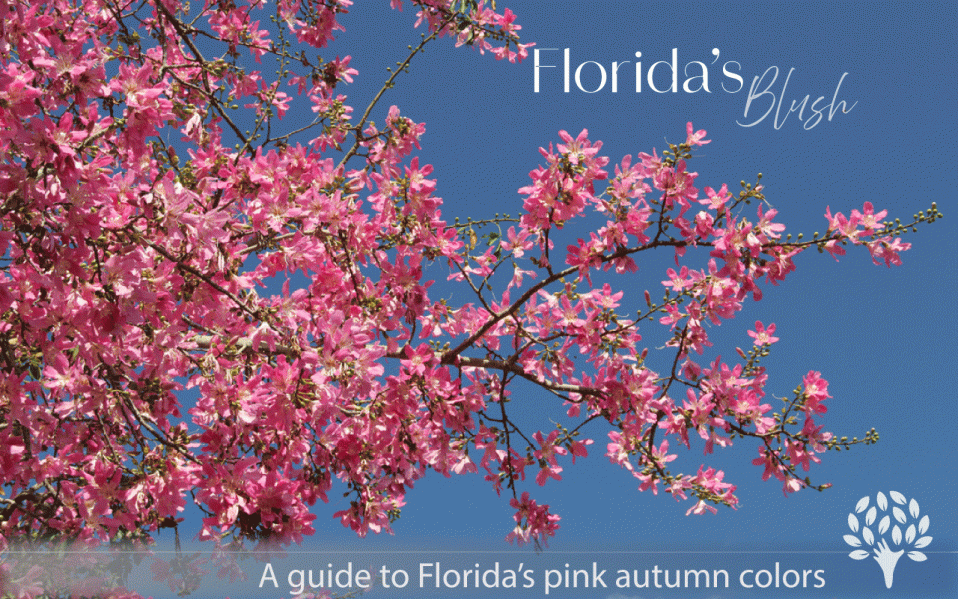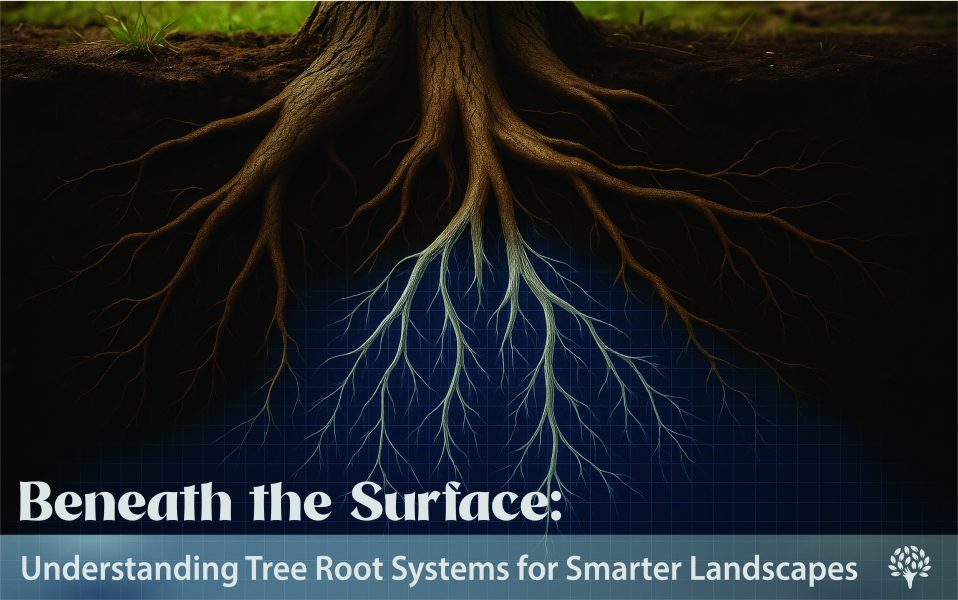Find the right trees for...
TreeWorld Wholesale is a Florida tree nursery that provides a diverse selection of over 300 trees, palms, and shrubs, both native and non-native, spanning a wide range of categories, such as floral, exotic, shade, and aromatic trees. Therefore, if you're searching for the ideal focal point or tree material to construct privacy hedges and windbreaks for your upcoming landscape project, TreeWorld Wholesale has everything you need!
We take pride in providing careful attention and guidance to every project, ensuring the desired outcome. We carefully research all trees in our portfolio and their ability to thrive. Plus, our tree nursery's strong commitment to sustainability and environmental responsibility goes beyond the normal sustainable growing practices.
So, if you're on the hunt for the best tree nursery in South Florida or the Caribbean, visit us at TreeWorld Wholesale! With over 20 years of experience, we've got the skills and know-how to help you pick the perfect trees for your upcoming landscaping project. Contact us today and get ready to take your landscaping to the next level! 305-245-6886
About Us
TreeWorld Wholesale is a premier wholesale tree nursery located in Homestead, Florida, covering over 150 acres where we have carefully nurtured all trees from their earliest stages to offer top quality. Specializing in a diverse selection of handpicked trees that thrive in tropical and subtropical climates of South Florida and the Caribbean.
With over 20 years of experience, TreeWorld Wholesale is recognizes for its exceptional tree specimens, quality service, and sustainability practices by tree enthusiasts, botanists, landscape architects, and homeowners.
Jon Bachman
La Casona Garden
Leonardo Cordero
Ana Miron
Clara Bullrich






